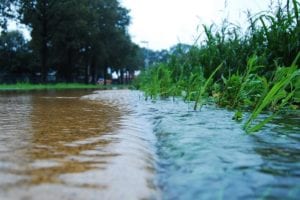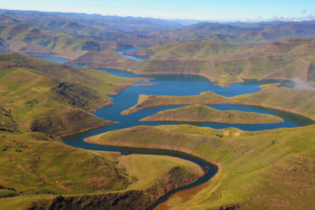The Knysna Municipality is working on a Stormwater Management Policy aimed at reducing erosion and pollution, as well as looking at how groundwater can be recharged.
Levael Davis, Mayoral Committee Member for Technical Services, says the new policy will address illegal connections and set targets for different development types. According to Davis illegal stormwater connections remain a serious concern for the municipality. “When it rains up to seven times more water runs into the sewers than should. The calculations are done taking the amount of water released from the Water Treatment Works during these wet periods into account. Perfectly clean water is then treated along with the sewerage, causing overflows of the sewerage system,” he adds.Protecting natural ecosystems
The stormwater system was also identified as one of the main sources of pollution into the estuary. The cause is mainly as a result of illegal sewer connections that feed into the stormwater systems, as well as other unlawful connections to stormwater, such as swimming pool backwash systems. “A fundamental principle of the policy is that all developments should be done responsibly, whether done by a person or body, privately, by a business or an organ of state,” Davis explained. “The developer should ensure that the development does not adversely impact on present and future communities, and on natural ecosystems. This is in line with our own by-laws and the principles of sustainable development.”








